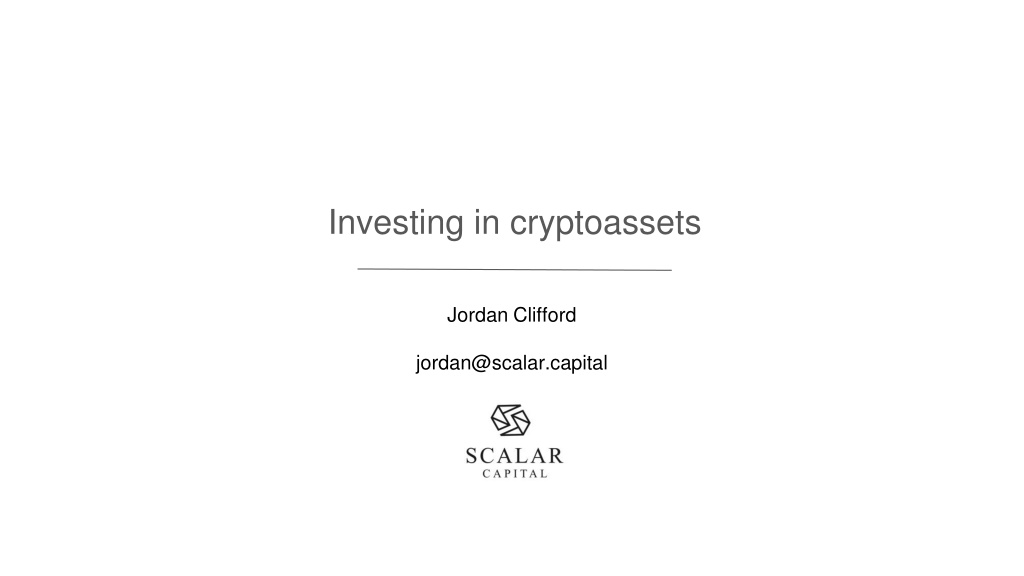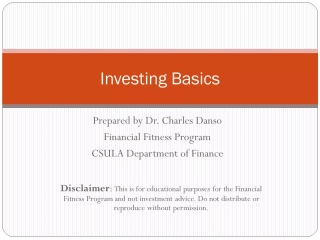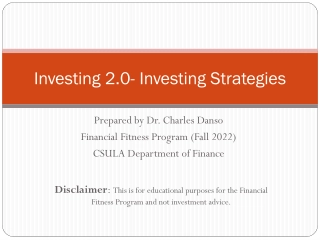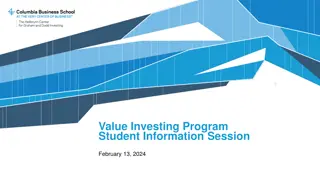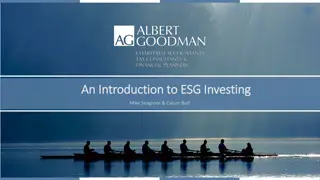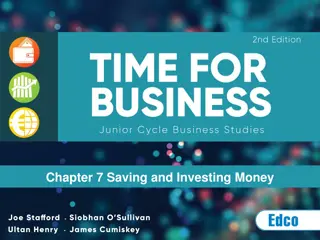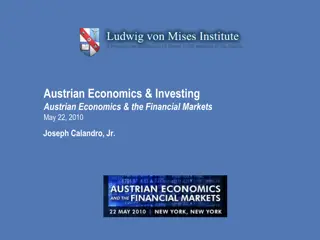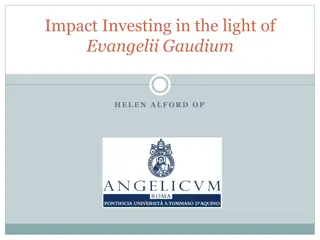Investing in cryptoassets
The internet has revolutionized various aspects of life, including how money is controlled and transmitted globally. Central banks traditionally manage money supply with no guarantees, leading to custodial accounts at banks and lengthy, costly transactions. The quest for digital money began with early attempts in the 1980s and 1990s, culminating in the emergence of Bitcoin in 2009 with its key breakthrough in Proof of Work Consensus. While Bitcoin was the first successful digital currency, the market has since expanded, with cryptocurrency representing just the tip of the iceberg. The evolution of assets through Token Generation Events has provided new funding models with varying degrees of centralization.
Download Presentation

Please find below an Image/Link to download the presentation.
The content on the website is provided AS IS for your information and personal use only. It may not be sold, licensed, or shared on other websites without obtaining consent from the author.If you encounter any issues during the download, it is possible that the publisher has removed the file from their server.
You are allowed to download the files provided on this website for personal or commercial use, subject to the condition that they are used lawfully. All files are the property of their respective owners.
The content on the website is provided AS IS for your information and personal use only. It may not be sold, licensed, or shared on other websites without obtaining consent from the author.
E N D
Presentation Transcript
Investing in cryptoassets Jordan Clifford jordan@scalar.capital
The internet has changed everything News/media Communications Work Education Entertainment Etc.
With the exception of money Central banks of the world control the money supply with no guarantees Money is primarily held at banks in custodial accounts Money transmission requires trust & permission of one or more third parties special licensure and reporting expensive fees ($30+ for international wires) lots of time (4-5 business days common) Inappropriate seizure of funds is possible, especially in underdeveloped nations
The cypherpunk quest for digital money In 1983, David Chaum introduced the idea of digital money in his seminal paper, Blind signatures for untraceable payments Money native to the internet would empower many people to author economic transactions without red tape Early attempts at digital money: 1990, DigiCash 1996, E-Gold
Bitcoin puts the pieces together - 2009 Earlier attempts at digital money failed due to central point of control Without a central processor, preventing double spend was not yet understood Bitcoin s key breakthrough is Proof of Work Consensus Miners are not pre-selected and may act anonymously Miners all acting in their own self-interest, drive consensus forward
The Birth of a new asset or the Token Generation Event Strategic presale Private sale Public sale No pre-mine One public sale / ICO Participation Egalitarian Hybrid Hierarchical Team Funding None / minimal Moderate Maximal Centralization Least Most
Considerations when investing in cryptoassets Target Market Who is going to buy / hodl this token in the future? Why? Technology Is the technology built? Is there a credible plan if not? Trust / Privacy Does the system require trust or is it trust minimizing? How well does it preserve privacy? Economics Are there proper incentive structures to keep the players doing their job? (Miners, Relayer Nodes, Developers) Team Who is contributing to the project? Are they credible and do they have enough skin in the game? Community How big is the community? Is it growing? Productive? Security model Is there novel code or cryptography? Has it been peer-reviewed / hardened? Are there good testing practices?
